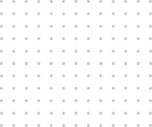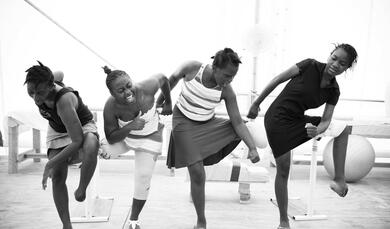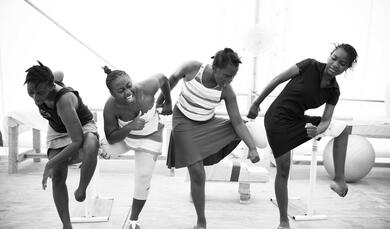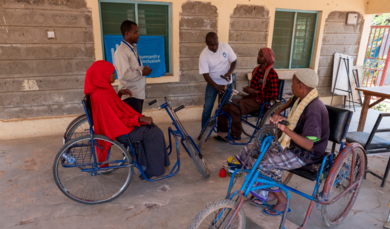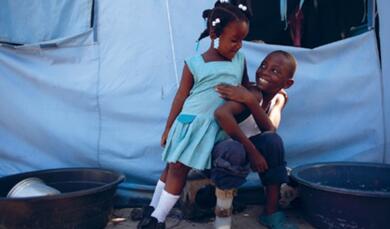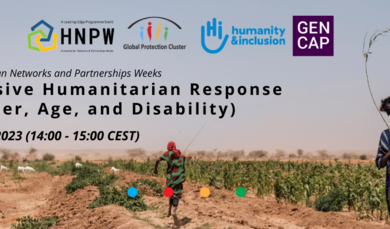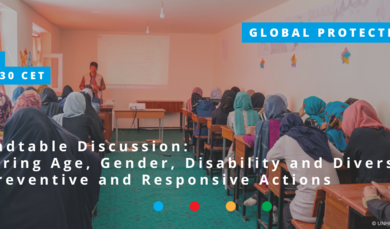There are key attitudinal, environmental, and institutional barriers to inclusion of gender, age, and disability in humanitarian action, such as:
- Attitudinal Barriers: Negative attitudes and discrimination on one hand, or over-protection on the other hand, can be caused by a misconception of disability or older age. For example, people in the community might believe that a woman, older person, or a person with disabilities cannot participate in the response due to pre-existing biases or misconceptions regarding their capacity. Parents might hide a child with disabilities at home because they think that disability is a source of shame. Factors such as disability, age and gender are not isolated: the intersection between them can create multiple forms of discrimination.
- Environmental Barriers: Barriers include physical barriers to accessing the built environment, and barriers to information and communication. For example, if only one format is used to provide information on humanitarian services, instead of different formats, such as tactile signing, sign language, audio, or images, this could be a barrier. Information barriers may be less visible than physical barriers, but it is important to detect them, as they can exclude large groups of people.
- Institutional Barriers: Laws, policies, and procedures (including those of humanitarian organizations) can lead to either intended or unintended discrimination against certain groups. These barriers may segregate older people and persons with disabilities from many aspects of community life, such as employment, political participation, education and/or social services.
Understanding AGD
The Approach
Through the systematic application of an Age, Gender and Diversity (AGD) approach, humanitarian actors seek to ensure that all individuals in affected communities have access to their rights on an equal footing. Applying an AGD approach is not an add on: it is a core element of fair and equal protection. By analysing the AGD dimensions as interlinked personal characteristics, we can better understand the multifaceted protection risks and capacities of individuals and communities, and to address and support these more effectively. By promoting respect for differences as an enriching element of any community, we promote progress toward a situation of full equality. Equality means respect for all. It includes the promotion of equal opportunities for people with different needs and abilities and direct, measurable actions to combat inequality and discrimination.
At the end of 2021, the GPC, in partnership with Humanity and Inclusion and HelpAge International, embarked on an ambitious project, which aims to strengthen AGD and conflict sensitive protection analyses and promote inclusion of persons with disabilities and older persons in the humanitarian project cycle.
The team will achieve this through: the provision of face-to-face and remote field support to protection field clusters; the development of tools to enable inclusive protection practices in field clusters; participation in, and contribution to key global humanitarian coordination mechanisms; and promoting inclusive humanitarian action through strengthening GPC's advocacy efforts in raising the profile of inclusion.


